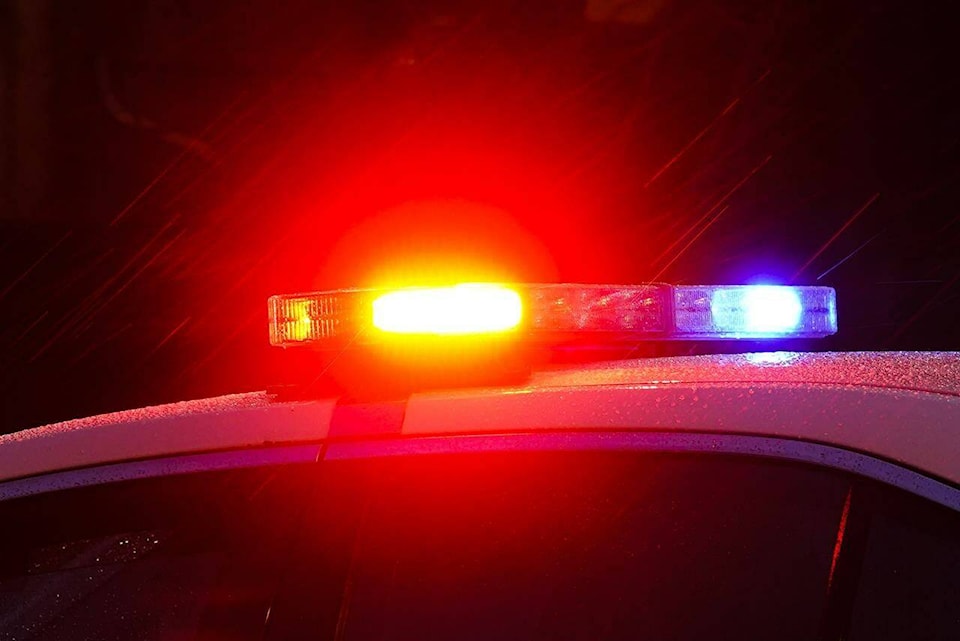Every driver should know that when a vehicle with red and blue lights appears behind you, you need to pull over.
However, who is pulling you over? In Alberta, and most jurisdictions across Canada, red and blue lights are distinct to police-type services, but not all services are created equally.
At a recent town hall in Erskine hosted by the RCMP and County of Stettler Peace Officers, some questions were asked about the differences between the services.
Here is a deeper dive.
The County of Stettler employs four community peace officers, who are authorized to run vehicles with police-style lights.
“We’re a jack of all trades, but a master of none,” joked county director of municipal services Clint Sime in a recent interview.
Community Peace Officers are at the bottom of the tier of policing professionals, which begins with the police at the top.
Peace Officers are hired by municipalities to enforce bylaws and conduct local traffic enforcement, although their authority also extends to all provincial roads and highways.
Sime and the officers under him get their authority from the province’s law enforcement director, who authorizes the specific acts and authorities that the officers can enforce under their employer.
These authorizations are based on policies, procedures, and bylaws developed by different municipalities.
Municipalities are not the only ones who employ peace officers – The Society for the Prevention of Cruelty to Animals (SPCA), health services agencies and the province all employ peace officers.
Sheriff’s and provincial conservation officers are also technically peace officers, although their training requirements are a bit different.
According to Sime, depending on the school, the training for a community peace officer is anywhere from 6-12 weeks. Recruits will undergo physical training and learn basic skills for the job, as well as emergency vehicle operations.
Sheriffs undergo a 16-week program, which includes much of the same but expanded training and some on-the-job training.
All of the officers in these categories are governed by Alberta’s Peace Officer Act and regulations.
Community Peace Officers, for the most part, are not armed. However, they may be certified to handle shotguns to assist with dispatching injured animals on the side of the road if police or conservation officers are unable to attend the scene.
Peace Officers, such as those working for Stettler County, have full authority on the highways and roads of the region to pull over vehicles or conduct safety inspections on commercial vehicles; the only area their powers don’t extend is to the enforcement of Alberta’s roadside sanctions for impaired drivers.
However, with the close contact between the peace officers and local RCMP, if sanctions need to be applied, an RCMP member can usually attend the scene fairly quickly.
Sheriffs, with their mandate of court security and traffic enforcement and additional training, are generally armed.
Most Albertans are familiar with the RCMP which provides community policing in rural Alberta, however, most larger urban centres such as Calgary and Edmonton have their own municipal police forces as well.
Police officers have different, much broader, powers than peace officers. Powers include the ability to apply for and execute warrants, conduct criminal investigations, and make arrests under the criminal code. Due to these powers, their training is also more extensive.
The RCMP, for example, undergoes a six-month training cycle at Depot in Saskatchewan before being assigned a field training officer at a detachment. Training for municipal police services is similarly set up.
Police officers in Alberta fall under the Alberta Police Act and Alberta Police Regulations, though, being federally mandated, the RCMP also falls under the RCMP Act.
According to Sime, the role of Community Peace Officers is ultimately to assist in the enforcement of provincial legislation and municipal bylaws that the “police don’t have time to do.”
